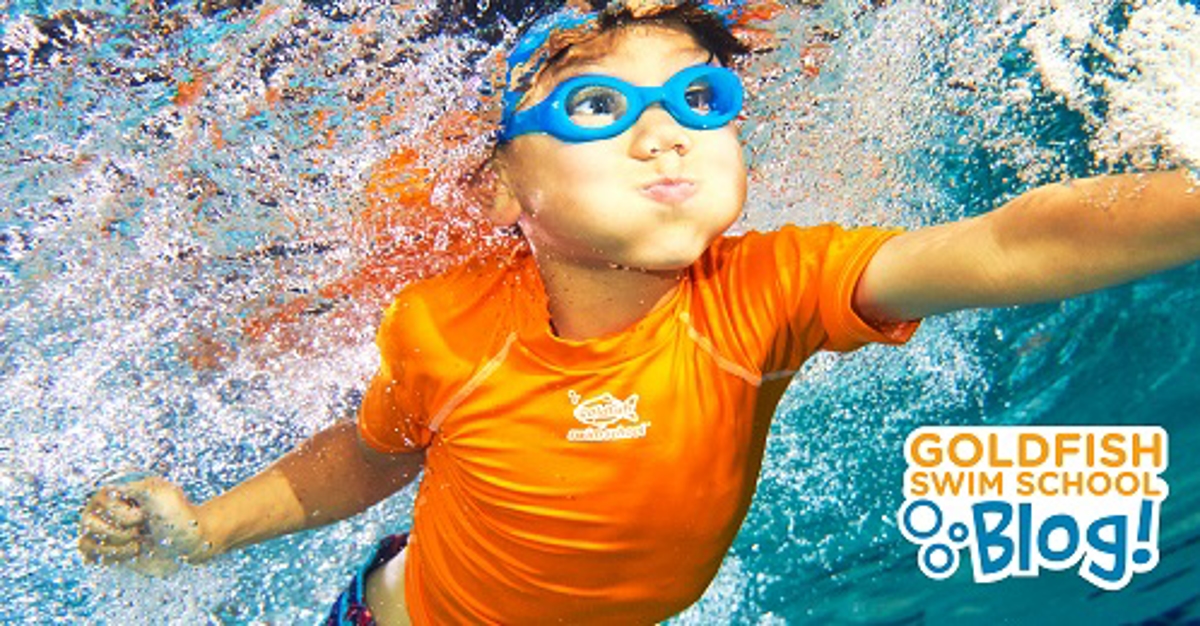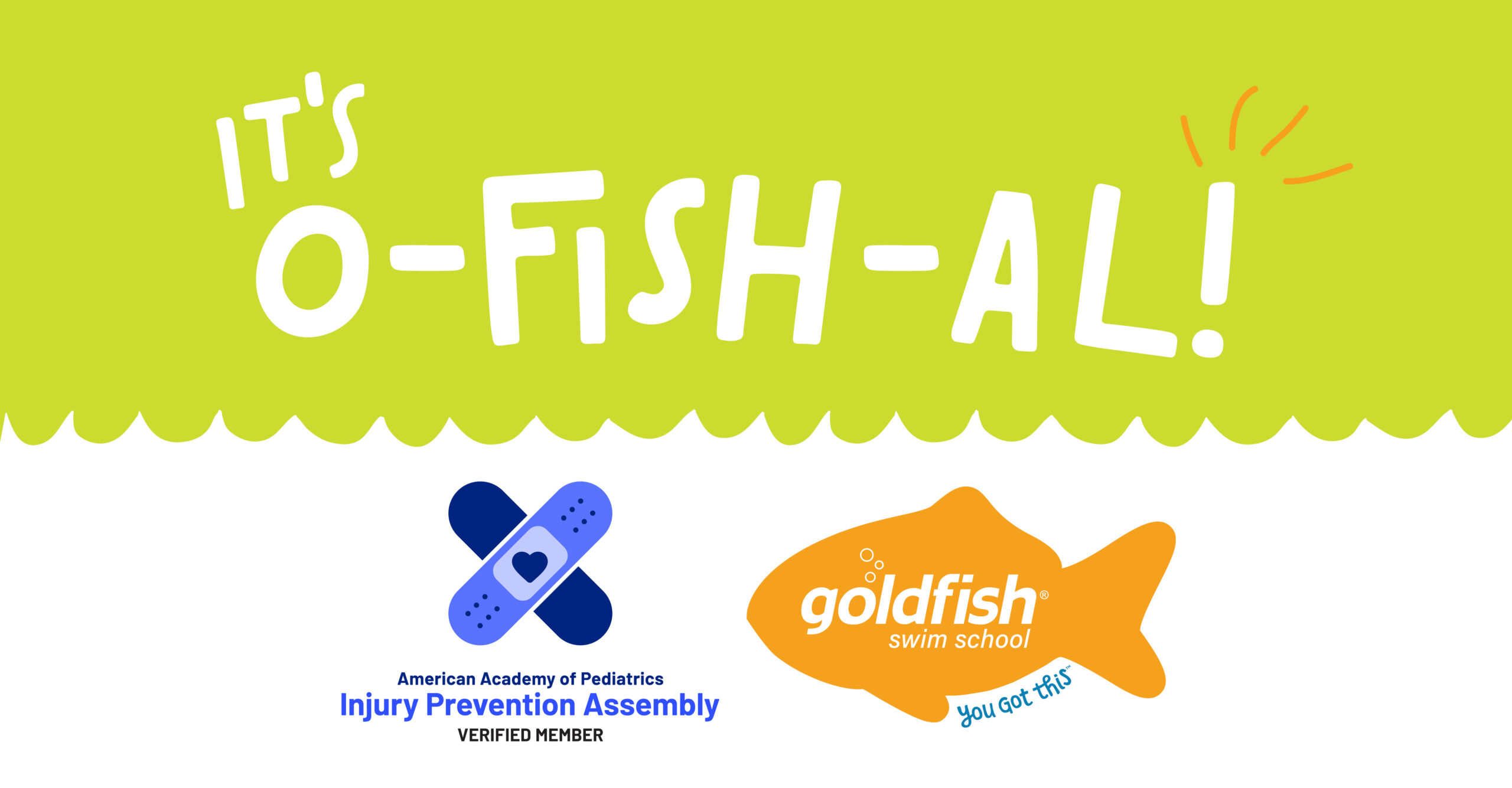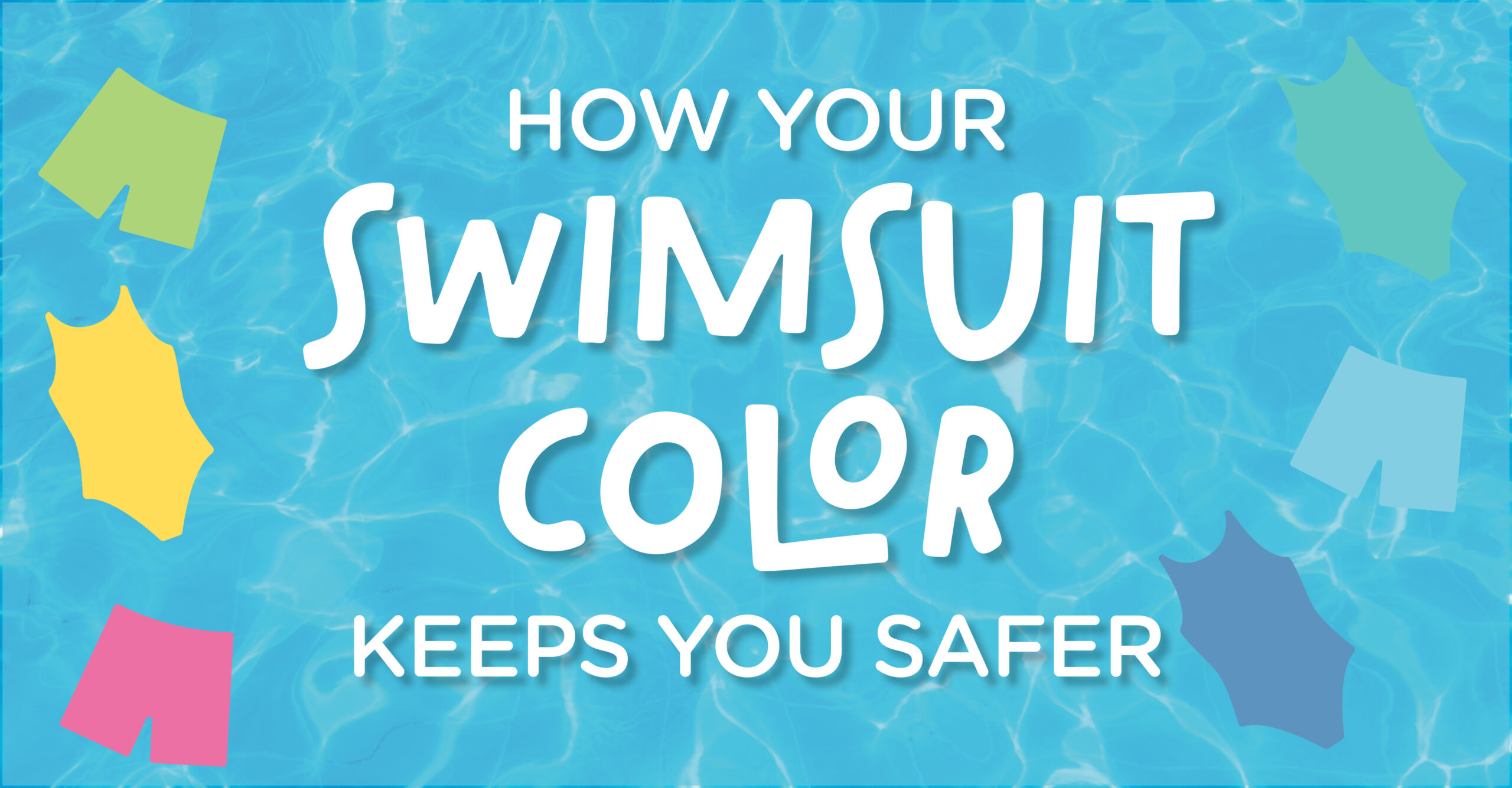Water Safety Q&A: You Asked, We Answered

As a way to teach families about water safety, we recently hosted a live Q&A with two moms who have dedicated their lives to drowning prevention: Goldfish Swim School Co-Founder Jenny McCuiston and Nicole Hughes, who founded Levi’s Legacy after tragically losing her son to a drowning accident in 2018.
Thank you to everyone who submitted questions and tuned in to join the conversation! Since we didn’t have time to get to all of the great questions we received live, we’re continuing the conversation here! Read on for answers to some of the most common questions we received, and be sure to watch the recording on IGTV.
When it comes to water safety and the statistics surrounding drowning, what do parents need to know?
Drowning can happen to anyone! Each year, thousands of children lose their lives to drowning-making it the number one cause of injury-related death for children ages 1-4, and the second leading cause of injury-related death among kids between the ages of 5-14.
The unfortunate reality is that the majority of drowning accidents take place during non-swimming times. In fact, 69% of drowning deaths for children under five happen when they aren’t expected to be swimming.
While practicing water safety at the beach or pool is absolutely crucial, it’s just as important to practice water safety at home, as this is where more than 70% of child drowning incidents occur.
It only takes as little as two inches of water for someone to drown, meaning common household objects like bathtubs, toilets or even buckets of water can be a drowning hazard.
Despite these startling statistics, water safety hasn’t been given the spotlight it desperately needs. Through programs like Goldfish Rx, we’re hoping to change that!
As educators and advocates, pediatricians play an important role in the prevention of drowning. From car seat safety and sleeping schedules to tummy time and screen time, parents often turn to pediatricians for advice on how to keep their children healthy, growing and safe. Water safety should be no exception, and the American Academy of Pediatrics (AAP) agrees!
Last year, the AAP released updated recommendations to prevent drowning in children. These guidelines reinforce the benefits of starting swim lessons at a young age and indicate swim lessons can decrease the risk of drowning for children as young as one year.
At what age can children start learning how to swim?
Starting swim lessons early on helps children develop a healthy respect for water and learn valuable life-saving skills.
At Goldfish Swim School, we start teaching kids as young as 4 months old. At this age, babies become more active and begin to roll over, raise up on their arms and hold their head up by themselves. This creates a great opportunity for parents to help their little ones develop motor skills that form the foundation for swimming later in life. Designed for children 4-15 months of age, our Mini Classes provide a gentle introduction to the water and a great bonding experience for parents and their little ones.
We’re proud to teach more than 100,000 children between the ages of 4 months to 12 years old how to be safer in and around water each week! We’ve created an inviting and safe place where kids overcome their fears, learn to swim, respect the water and have lots of fun while doing it. Using the Science of SwimPlay®, our curriculum focuses on helping kids build essential life skills that will help them make waves in the pool, and beyond.
When can my child swim alone?
Just like pretty much everything else with parenting, there’s no one-size-fits-all answer to this question. Every child and circumstance is different and needs to be analyzed accordingly. Factors like your child’s swimming ability, maturity and type of swimming environment, among other things, all need to be taken into consideration.
Even if you think your child “knows” how to swim, make sure you can say YES to ALL 10 of these questions before you consider allowing them to swim “alone”. If the answer is no, enrolling your child in swim lessons can help them develop the skills they need to stay safe, and give you peace of mind.
Even then, no child should ever swim without adult supervision. There should always be a designated water guardian watching kids play (without distractions) any time they are in or around water. Even strong swimmers (including kids and adults) should have a swim buddy by their side at all times!
Should my child learn to swim with a life jacket, puddle jumpers or water wings on?
When it comes to learning how to swim, relying too heavily on floaties can actually do more harm than good and prevent real progress. We believe it is more beneficial for kids to learn how to swim without the aid of water wings, puddle jumpers or life jackets.
When children are accustomed to wearing floaties in the water, it can give them a false sense of security in their own abilities and lead them to take certain risks because they think they know how to swim better than they actually do. Flotation devices also put children in a vertical position, which some people refer to as the “drowning position”. Kids should never be taught how to swim in the vertical position because that’s not how they float best.
That said, there are scenarios where life jackets should be worn, like on a boat or near open water. When to put your child in a life jacket while swimming at the beach or a pool is ultimately your decision. As a parent, you know what’s best for your child based on factors like their skill level and the type of swimming environment. This article has some helpful tips for parents when it comes to using flotation devices, like life jackets and puddle jumpers.
What water safety skills should my child know?
Did you know 61% of children, including more than half of all teens, can’t perform the following basic swim safety skills?
- Step or jump into water over your head and return to the surface.
- Float and/or tread water for one minute.
- Turn around and find an exit.
- Swim 25 yards without stopping.
- Exit the pool without using a ladder.
At Goldfish Swim School, water safety is something we take very seriously – and teach in every lesson. In addition to the basic safety skills listed above, our curriculum is focused on helping young swimmers build additional swimming techniques and water safety skills.
Many of our schools also offer free, fun and interactive water safety class (W.A.T.E.R. Safety presentation) for local elementary schools, daycares and other community organizations to teach more kids about the importance of water safety, how to avoid potential dangers in and around water and what to do during various water safety situations.
What are the signs of drowning?
Drowning doesn’t happen the way it’s often depicted in movies. There’s no splashing or yelling for help. It’s silent, and happens within seconds, making it hard to detect if you don’t know what to look for. That’s why it’s so important to be able to recognize the common signs of drowning, including:
- Ladder kicking: While you won’t hear any yelling or see someone flailing their arms, furious “ladder” kicking is often a silent cry for help from someone who is drowning. This natural reflex is the body’s way of trying to stay above water. If you see someone moving, but they’re not making any progress and seem to be struggling, this is a sign they could be in trouble.
- Mouth is at (or below) water level: A person who is drowning may have their head tilted back with their mouth open in an effort to try and keep their airways clear, bobbling dangerously closer to having their mouth completely under the water.
- Blank stare: If someone is drowning you’ll notice a blank or glassy stare, even if everything else seems alright (or maybe even closed eyes).
Even if you know what to look for, these subtle signs happen in the blink of an eye. Don’t let distractions divert your attention away from the water! In the time it takes to send a quick text, a child could slip underwater. That split second could mean the difference between missing a drowning and saving a life. Any time your family is in or around water, avoid distractions and assign a water guardian to supervise the kids at all times.
What can I do to ensure my child is safer in and around water?
The good news is drowning IS preventable! While studies have shown that formal swim lessons can reduce the rate of drowning by 88%, multiple layers of protection are needed to prevent drowning.
Here are 10 life-saving steps you can take to ensure your family is safer in and around water:
- Talk to your kids about water safety and establish family rules and expectations.
- Be aware of drowning hazards at home, like bathtubs, water buckets and toilets.
- Drain plastic or inflatable kiddie pools when they’re not in use.
- Don’t store toys in the pool area, as children might be tempted to reach for a toy in the pool and accidentally fall in.
- Put a four-sided fence around backyard pools & install pool alarms.
- Watch kids when they are in or around water. Keep young children within arm’s reach of an adult.
- Designate a water guardian whose job it is to watch the kids any time they’re in, or around, water.
- Whether it’s bath time, pool time or beach time, silence your phone so you won’t be distracted.
- Get CPR certified. Hopefully you’ll never need to use this life-saving skill, but at least you’ll be ready if you do.
- Consider enrolling your child in formal swim lessons so they can learn essential life saving skills.
Through awareness and education, we can all do our part to change the staggering statistics surrounding drowning and create a safer future for our families.
Talk to your pediatrician, practice water safety at home and consider signing your child up for swim lessons as a way to help them develop a healthy respect for the water and build life-saving skills that will give them the confidence they need to safely swim.
Should you have any questions about water safety or swim lessons at Goldfish, we’re always here for you! With more than 100 locations across North America, we’re on a mission to help more children learn to be safer in and around the water and are here to help your kids see extraordinary results!



